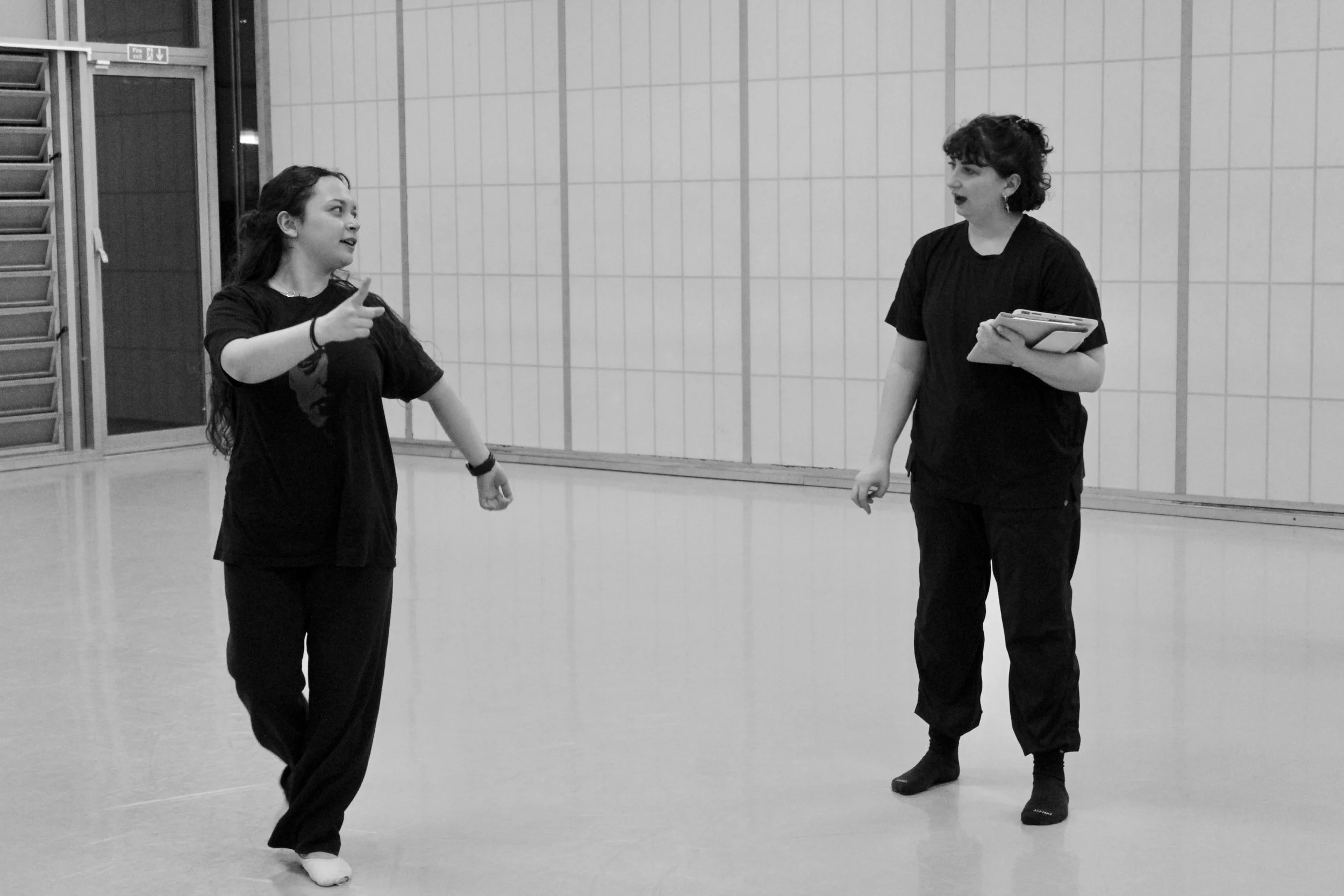
DEI Statement
Diversity, Equity, and Inclusion Statement
As an artist and an educator, I harbor an intense passion for inclusivity not only within ballet and the performing arts, but society at large. That being said, I am acutely aware of my reach as a choreographer and dance educator, so I have found it most impactful to channel my energy within this industry.
Ballet has a long, arduous history with racism, body exclusion, ableism, and strict gender roles. While these issues are so deeply entrenched in the artform, there are tangible steps arts leaders can take to begin fostering change, myself included.
As a choreographer, I have reimagined racist caricatures in The Nutcracker into a more culturally celebratory performance. This work was made possible by research of those such as Phil Chan and in collaboration with my colleagues who lent their real experiences to the work. As a general casting rule, I do not have any physical or aesthetic requirements of the dancers. I have no interest in upholding these elitist standards and actively choose to pursue a more inclusive route.
Working in education, I am often interacting with a vulnerable population. Young people do not always have the language or the resources to state their needs, so I consider it my job to identify those gaps and provide them with appropriate materials. In my previous roles, this looked like me advocating for students to be allowed to wear tights and shoes that match their skin color, and then providing them with the information to obtain such items. Additionally, this extends to gender and self-expression by giving students the autonomy to choose which uniforms or costumes best suits them. Further, I’ve adjusted the traditional ballet curriculum to include students learn all skills, regardless of gender. I am also conscious of the tendency for disabled students to be left behind in dance settings, especially those that are more rigorous. To counteract this inequity, I lead my classes with an open communication policy and a student-centered approach to ensure everyone’s access needs are being met.
Through class lessons, I am cognizant of bringing awareness to artists who are often forgotten when discussing westernized genres. I ensure my students know the truth about where movement came from and give credit where credit is due. Painting a broader picture of our industry allows me to both amplify the voices of those who are often not heard and encourage students to question problematic practices of both the past and present day. My goal is to empower students to not only speak up for themselves, but also for those who cannot. If we can effectively call out injustices and demand change, we can transform the industry.
Header photo: Sara Cristina Silva